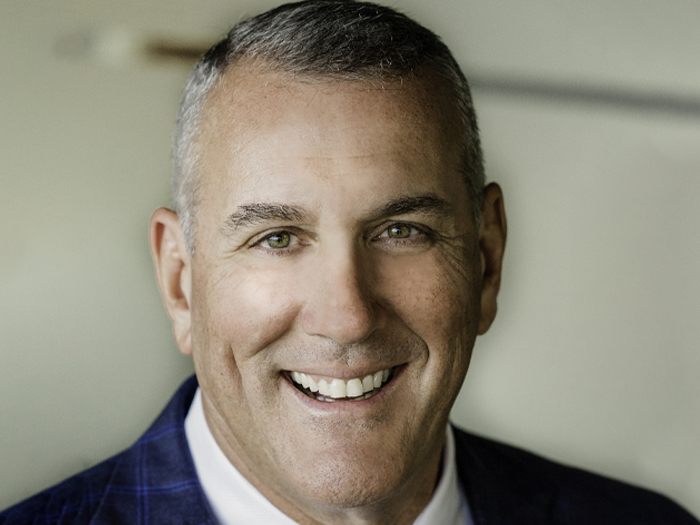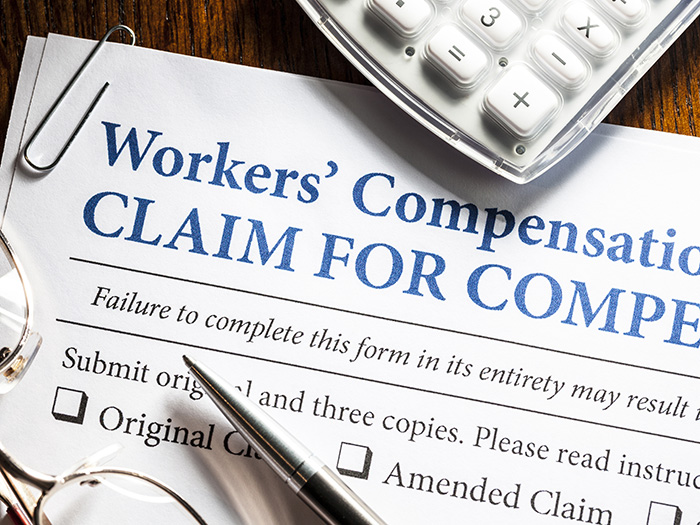Opinion | The Injury Risk We’re All Too Scared to Talk About: Suicide
A few weeks ago, I was waiting on some car repairs and struck up a conversation with a technician.
He was working the desk, because he couldn’t work on cars due to neck pain. Turns out he hurt his neck and back quite some time ago and was still recovering.
It’s curious sometimes how much people will share with strangers, but he could tell I wanted to hear his story, so he kept talking.
This man, I’ll call him Frank, had a slow and difficult recovery, unable to work, perform basic functions or play with his nieces and nephews. He was in a LOT of pain.
He told me that there was a point where he considered ending his life because he felt so hopeless and overwhelmed.
Thankfully, Frank’s fiancée is a psychology grad student, and she was able to get through to him and help him get to where he is today, back to work, smiling, and doing an excellent job helping customers.
I’ll be honest; that’s the first time I’ve ever wanted to hug someone after getting a headlight replaced.
We’re talking a lot about mental health in workers’ comp these days, and that’s progress. But are we avoiding the bogeyman by not talking about suicide risk? Because in reality, few injured workers will have a psych-trained loved one at home to help them through it.
A pre-pandemic NIOSH-supported study concluded that among women, lost‐time injuries were associated with a near-tripled risk of drug‐related deaths and a 92% increase in the risk of death by suicide.
For men, a lost‐time injury was linked to a 72% increased risk of suicide and a 29% increase in the risk of drug‐related death.
Those are pre-pandemic numbers. We don’t actually know what that picture looks like now. But we do know that overall suicide deaths in the U.S. began to rise in 2021.
This isn’t a new conversation for some industries. It’s long been known that construction workers, for instance, are 3.5 times more likely to die by suicide than the national average.
But all injured workers are potentially at risk.
Let’s continue these important conversations about anxiety, depression, PTSD and all of these other important things.
But it’s also time we take a closer look at the scariest part — what happens when we fail to adequately address the mental health needs of our most vulnerable injured workers?
Thanks to the recent rise in mental health awareness, there are fewer and fewer excuses for failing.
Resources abound, from EAPs to mental health apps to comprehensive supervisor training. For injured workers, there are also the many stakeholders who just need to know what to look for, what to ask and how to connect someone with the help they desperately need.
Injured workers can’t be allowed to fall through the gaps. Losing just one injured worker to suicide is already too many lost when it could’ve been avoided.
I’m grateful to know that Frank is still here with us, smiling, helping people get back on the road and planning his wedding.
Every injured worker needs support to get back to living. Some need more than others, and it’s on us to ensure they get it. &










